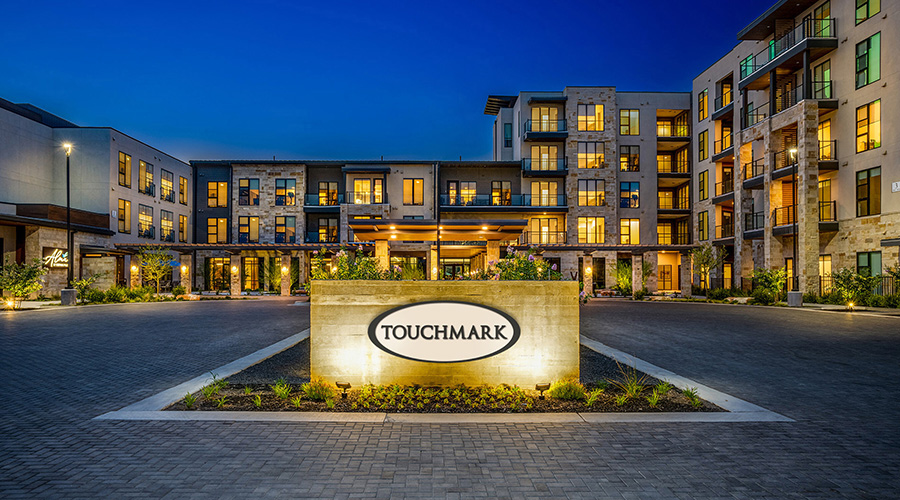Building owners, managers, tenants, and most of all building occupants are beginning to demand that their indoor environment be not just comfortable (not too hot or too cold, not too noisy, etc.), but that it contribute to their own health and well-being, according to an article from Building Operating Management on the FacilitiesNet website.
In the past, health and wellness were often ignored as facility managers strived to lower energy costs in buildings. Lamps were often replaced with minimal concern for improving lighting quality, and mechanical systems were replaced and controlled with only moderate concern for indoor air quality.
With LEED, the focus became more holistic, addressing broad sustainability goals, including interrelated operational issues such as energy efficiency, water use, materials, waste management, and indoor environmental quality, as well as some measures to improve occupant health. Now, primarily due to occupant demand and an understanding that the cost of personnel far exceeds the cost of energy and even the cost of rent and taxes, health and wellness are becoming part of overall sustainability strategies.
At the same time, new rating systems have been created, including WELL and Fitwel, that focus exclusively on occupant health and productivity.

 Building Sustainable Healthcare for an Aging Population
Building Sustainable Healthcare for an Aging Population Froedtert ThedaCare Announces Opening of ThedaCare Medical Center-Oshkosh
Froedtert ThedaCare Announces Opening of ThedaCare Medical Center-Oshkosh Touchmark Acquires The Hacienda at Georgetown Senior Living Facility
Touchmark Acquires The Hacienda at Georgetown Senior Living Facility Contaminants Under Foot: A Closer Look at Patient Room Floors
Contaminants Under Foot: A Closer Look at Patient Room Floors Power Outages Largely Driven by Extreme Weather Events
Power Outages Largely Driven by Extreme Weather Events